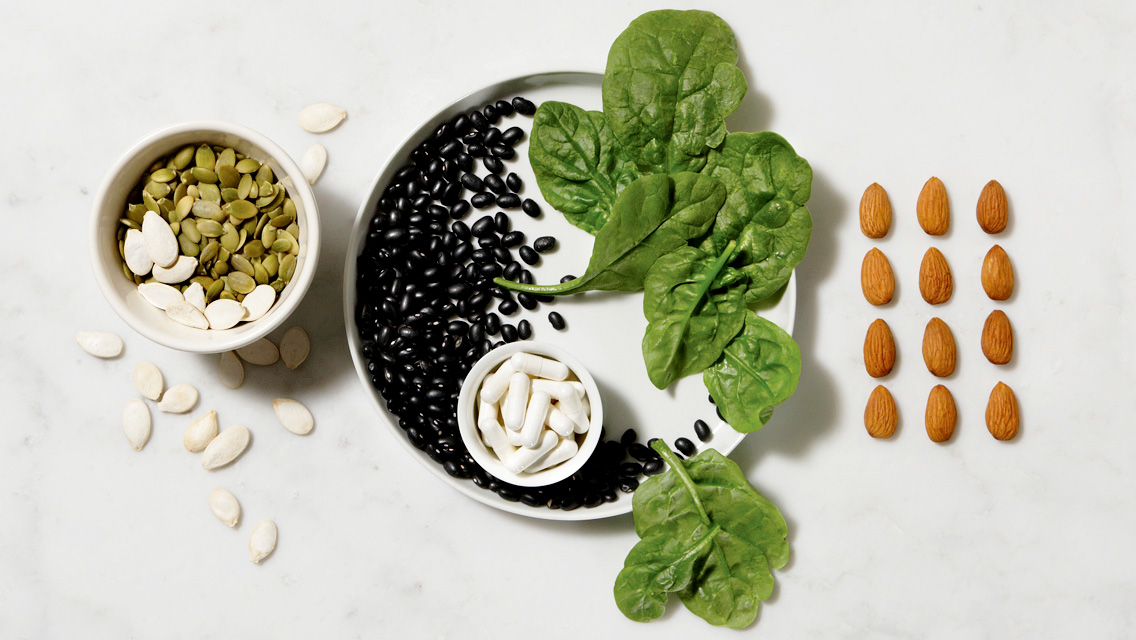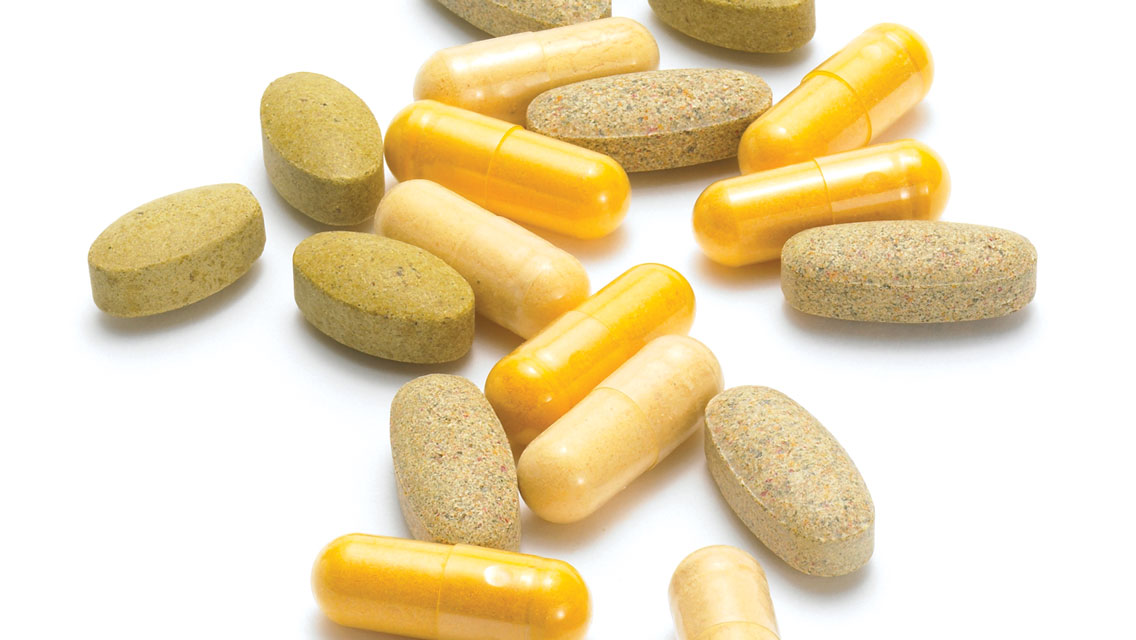The U.S. Food and Drug Administration announced last week that it has approved marketing of the first medical device to prevent migraine headaches — a decision based on evaluations of a clinical study out of Belgium that included just 67 participants. The FDA also looked at a 2,300-plus patient satisfaction study out of Belgium and France.
The product, Cefaly, is the first transcutaneous electrical nerve stimulation (TENS) device to be authorized for use before the onset of pain. Described as “a small, portable, battery-powered, prescription device that resembles a plastic headband worn across the forehead and atop the ears,” the Cefaly contains a self-adhesive electrode that is positioned in the center of the forehead. “The device applies an electric current to the skin and underlying body tissues to stimulate branches of the trigeminal nerve, which has been associated with migraine headaches. The user may feel a tingling or massaging sensation where the electrode is applied,” according to the FDA’s March 11 news release.
“Cefaly provides an alternative to medication for migraine prevention,” and “may help patients who cannot tolerate current migraine medications for preventing migraines or treating attacks,” said Christy Foreman, the director of the Office of Device Evaluation at the FDA’s Center for Devices and Radiological Health, in the release.
The European studies showed that the Cefaly does not completely prevent migraines or reduce the intensity of occurring migraines; those who used it, however, did experience fewer days of migraines per month and used less migraine attack medication.
Migraines affect 50 million Americans, writes Pamela Weintraub in “How to Handle Headaches” (Experience Life, April 2010). Of those, about 6 million people suffer migraines every day of their lives.
Many experts, including neurologist David Buccholz, MD, of John Hopkins University — who was interviewed by Weintraub — are researching approaches to prevent migraines before they start. Instead of using an electrode, however, Buccholz’s focus is on identifying dietary and environmental triggers, and using natural supplements for pain instead of prescription drugs, which often cause rebound headaches. (See “Dietary Triggers: Top 10 List” below for the top 10 foods/ingredients to avoid.)
Other strategies include seeing an acupuncturist, exercising regularly, getting the right amount of sleep, avoiding perfume and scented products, embracing stress-management techniques, and checking your home for fumes.
Taking supplements like riboflavin, butterbur, magnesium, coenzyme Q10, and feverfew can help support the brain and body before a headache begins. (For more information on these supplements, see “Natural Cures.”)
The key is to try to get to the root cause of the migraines — and to remember that each person is different. As pioneering functional-medicine doctor Mark Hyman, MD, explained in a December 2013 Experience Life article on functional medicine:
“You need to explore what is giving rise to those migraines,” says Hyman. “Conventional neurologists will diagnose you with a migraine based on your symptoms, but they don’t investigate the causes of those migraines.”
And, there are a variety of causes. For example, explains Hyman, one of his patients had migraines due to bacterial overgrowth in her small intestine. Another patient, who had been to the top headache clinics in the world, turned out to have a simple magnesium deficiency. Another had a gluten sensitivity that triggered her migraines. And yet another patient, who was approaching 40 and always experienced migraines right before her period, turned out to have an estrogen-progesterone imbalance.
Most neurologists don’t have the right model for treating these people, Hyman says, because they are treating only a symptom — pain — and not the root causes.
—”Functional Medicine: A Science Whose Time Has Come” by Catherine Guthrie
TELL US: Do you suffer from migraines? If so, what preventive methods have and haven’t worked for you? Comment below or tweet us @Experience.
Dietary Triggers: Top 10 List
Excerpted from “How to Handle Headaches” by Pamela Weintraub (April 2010)
- Caffeine. Found in coffee, tea, colas, and certain other sodas. Going off caffeine suddenly can also trigger headaches.
- Chocolate. Anything with cocoa. Chocolate contains phenylethylamine, which may cause blood vessels to expand and contract.
- Monosodium glutamate. Famously found in Chinese food, but also in seasoned salt, salty snacks, prepared soups, many low-fat and low-cal foods, and even veggie burgers. Steer clear of hydrolyzed vegetable, soy, or plant proteins, which can contain similar compounds.
- Nuts. From almonds to pistachios, they can all be culprits, as can nut butters.
- Deli meats and fish. If it has been aged, canned, cured, fermented, marinated, smoked, or tenderized, it may trigger headaches, says Buchholz. Preservation with nitrites or nitrates is a no-no. Avoid beef livers and chicken livers, as well.
- Dairy products, especially cheese. This includes all kinds of hard cheeses and foods prepared with cheese. The more aged the cheese, the worse the trigger. White cheeses, including cottage cheese, ricotta, and cream cheese, have not been implicated, but yogurt has.
- Red wine. Too much red wine or any dark alcohol can stack the decks against you. Of all drinking alcohols, vodka is tolerated best. Also avoid vinegar; balsamic is the most problematic, but white should be OK.
- Certain fruits and vegetables. In his book Heal Your Headache, Buchholz lists the fruits and vegetables most implicated in triggering headaches. Among the problematic fruits: citrus fruits and fruit juices, bananas, raisins and other dried fruits preserved with sulfites, raspberries, red plums, papayas, passion fruit, figs, dates, and avocados. Vegetable culprits include sauerkraut, pea pods and beans (from fava to navy to lentils). The worst vegetable offender may be onions, though baby onions are OK.
- Freshly baked breads risen with yeast. Especially problematic is sourdough. Also look out for bagels, doughnuts, pizza dough and soft pretzels less than 24 hours out of the oven.
- Aspartame. Found in many diet soft drinks and artificial sweeteners, aspartame contains excitotoxins known to affect nerve cells.



This Post Has 0 Comments